Best Rifle Scopes 2023: Top 10 Hunting & Tactical Gun Scopes
Over the years, rifle scopes have become more than just a piece of tube metal and some glass to help you aim at a specific point on the target or animal. In today’s market, scopes are designed to have the features that we did not even know we needed. Depending on what your plans are for the best rifle scope, some of these features are great to have or not necessary for your application. Whether you are looking for the best hunting scope, the best budget scope, or even the best tactical scope, we have you covered. We will offer our recommendations for some of the most popular styles and types of rifle scope for sale.
Best gun scopes comparison chart (top 10 highest rated rifle optics)
Below you will find the top rifle scopes and the best rated scopes in the following categories.
| Product | Best Category | Price |
| Vortex Razor HD LHT 4.5-22×50 | Best Rifle Scope Overall | $1499.99 |
| Leupold VX-3HD 3.5-10×40 | Best Hunting Scope under $500 | $499.99 |
| Vortex Diamondback HD 6-24×50 | Best Tactical Scope under $500 | $449.99 |
| Sightron SIII 10-50×60 | Best Target Scope | $1329.99 |
| Leupold VX-3HD 4.5-14×50 | Best Rifle Scope for Deer Hunting | $699.99 |
| Zeiss LRP S3 4-25×50 | Best Long Range Scope | $2299.99 |
| Leupold VX-Freedom 2-7×33 | Best Lightweight Rifle Scope | $299.99 |
| Sig Sauer Whiskey3 3-9×40 | Best Budget Scope | $199.99 |
| Zeiss V8 2.8-20×56 | Best High End Scope | $3699.99 |
| Clearidge Ultra XP5 4.5-22.5×50 | Best Scope for the Money (Underrated) | $449.99 |
Below you will find rifle scope reviews for several different categories to help you make a choice that will meet your needs or expectations for the specific types of scopes you are looking for. When you have browsed through them, you will be able to find each of these best scopes for rifles in our store, and we also have a wide variety of spotting scopes for sale. If you are interested in the other types of optics, see what we offer.
What are the best rifle scopes 2023? Here’s our top 10 list:
When you start looking for a scope to put on your new rifle or that gun that grandpa handed down to you, your first impression is “WOW” There are a lot of options out there, and which one best suit my needs? When considering finding the best rifle scope for your situation, you must look at a few factors to help you decide. What are you going to be using the scope for? Are you in the market for hunting, long range competition or spotting scopes? Will I need a first focal plane scope or is a second focal plane better? Nowadays, all quality gun scopes will be waterproof and fog proof for those rainy and cold conditions. We will discuss some options for the best rifle optics for the money for each situation.
1. Vortex Razor HD LHT 4.5-20×50 (Best Rifle Scope Overall)
The vortex Razor HD LHT 4.5-20×50 receives the vote for the best rifle scope 2023. It can be used for tactical and hunting situations making it one of the most versatile hunting scopes on the market. The Razor HD LHT is equipped with HD Lens Elements, APO System which offers Index Matched lenses correction, XR Plus Fully Multicoated lenses, and Vortex’s ArmoTec providing ultra-hard, scratch-resistant coating, giving you a stunning HD quality image, brightness, and light transmission. With a magnification of 4.5-22x, you have the option of taking that close-mid range to a long-range shot, when necessary, like while coyote hunting. The RevStop Zero System will reliably return to zero after dialing in the field, and a locking elevation turret keeps your zero safe. The optical quality and features in this scope, make it the absolute best overall rifle scope on the market.
Pros:
- HD Quality optical performance.
- Versatile magnification.
- Zero Stop System
- Great Warranty
- Lightweight for the size
Cons:
- FFP scope (First Focal Plane) – Be nice to have the option of a second focal plane.
Specifications:
- Tube Size: 30mm
- Field of View: 23.5-4.7 feet
- Eye Relief: 4.0 inches
- Length: 13.3 inches
- Weight: 21.7 ounces
- Turrets: Capped
2. Leupold VX-3HD 3.5-10×40 (Best Hunting Scope under $500)
When it comes to the best hunting scope under $500, look no further than the Leupold VX-3HD 3.5-10×40. Featuring Leupold’s legendary optics, the VX-3HD delivers a crystal-clear image that is expected from every hunter. This is a great scope, making it the perfect scope for any hunting situation. Also, a rugged, lightweight aluminum housing that is both waterproof and fog proof, this scope can handle even the toughest hunting conditions. Leupold’s proprietary Twilight Max Light Management System, you’ll be able to see your target clearly even in low-light conditions. Additionally, this scope also features a fast-focus eyepiece that allows you to quickly and easily adjust the focus and a generous eye relief that ensures a comfortable shooting experience, even with heavy recoiling rifles. Also, don’t forget about Leupold’s renowned customer service and lifetime warranty, you can be confident that you are getting the best rifle scope for the money.
Pros:
- Great Optical Performance
- Nice Eye relief
- Custom CDS Dial
- Great Warranty
- Second Focal Plane
Cons:
- Limited Reticle options
Specifications:
- Tube Size: 1 inch
- Field of View: 11.0-29.0 feet
- Eye Relief: 3.6-4.4 inches
- Length: 12.7 inches
- Weight: 13.1 ounces
- Turrets: Exposed Elevation / Capped Windage
3. Vortex Diamondback HD 6-24×50 (Best Tactical Scope under $500)
The Vortex Diamondback HD 6-24×50 boasts a host of impressive features that make it a must-have for any serious shooter and our best tactical scope under $500. With a 6-24x magnification range and a 50mm objective lens, you’ll be able to see your target with stunning clarity and accuracy, even at long distances. Also, what really sets the Diamondback HD apart is its advanced HD optical system, which delivers exceptional resolution, color fidelity, and brightness. Whether you’re shooting in low-light conditions or bright sunlight, you’ll always have a clear and bright image. Constructed from high-quality materials and features a rugged, shockproof design that can withstand even the toughest conditions. So, if you’re looking for some tactical optics that delivers unparalleled performance, durability, and versatility, without breaking the bank, look no further than the Vortex Diamondback HD 6-24×50 Scope.
Pros:
- HD Glass
- XD Lens Coating
- First Focal Plane
- MOA or MRAD Adjustments
Cons:
- On the heavy side
Specifications:
- Tube Size: 30mm
- Field of View: 18.0-4.5 feet
- Eye Relief: 3.9 inches
- Length: 14.3 inches
- Weight: 24.6 ounces
- Turrets: Tall Exposed Tactical
4. Sightron SIII 10-50×60 (Best Target Scope)
With Target shooting becoming more and more popular, shooters are looking for a scope with great quality, precise adjustments, and a close parallax adjustment for those close targets. All these features are found in the Sightron SIII 10-50×60, making it our best target scope. Sightron is a brand that does not get the recognition that it deserves. This scope features the Zact-7 Revcoat multi-coated optical grade glass lenses providing maximum light transmission, color accuracy, and clarity. Large target knobs and ExacTrack technology provide tactile and audible clicks with precise 1/8 MOA adjustments for those fine detail shooting. This scope is great for air rifle shooting, with a side parallax adjustment down to 13 yards for those extremely close target shooting. Overall, the Sightron SIII 10-50×60 is the perfect choice for any shooter who demands the best.
Pros:
- High quality multicoated optical lenses
- Precise windage and elevation adjustments
- Side focus down to 13 yards
- Second Focal Plane
Cons:
- Heavier side
- Smaller Field of View (expected with such a high magnification scope)
Specifications:
- Tube Size: 30mm
- Field of View: 9.6-2.2 feet
- Eye Relief: 3.8-4.5 inches
- Length: 16.9 inches
- Weight: 30.1 ounces
- Turrets: Capped Target
5. Leupold VX-3HD 4.5-14×50 (Best Rifle Scope for Deer Hunting and Elk Hunting)
The Leupold VX3HD 4.5-14×50 is the ultimate deer hunting scope for that serious hunter. Leupold’s Elite Optical System features high-quality coatings and HD lenses that allow for excellent low-light transmission for a bright image and reduced glare resulting in color resolution and clarity that hunters demand at dusk and dawn.
Don’t forget the scratch-resistant lens coating, which is great to protect your scope while walking in that rough terrain. All these features and quality materials, make this the best rifle scope for elk hunting and deer hunting.
Pros:
- Excellent optics performance
- CDS Dial
- integrated throw lever
- Great Customer Service if needed.
Cons:
- 50mm needs high rings but helps for those low-light situations.
Specifications:
- Tube Size: 30mm
- Field of View: 20.5-7.6 feet
- Eye Relief: 3.6-4.4 inches
- Length: 12.3 inches
- Weight: 15.0 ounces
- Turrets: Exposed Elevation / Capped Windage
6. Zeiss LRP S3 4-25×50 FFP (Best Long Range Scope)
The ZEISS LRP S3 4-25×50 is the perfect combination of precision and performance. The Zeiss LRP riflescope provides the best-in-class total elevation travel with a staggering 160 MOA for those long shots. With ED glass elements and Zeiss T* multi-coated lenses, the LRP S3 delivers advanced optical performance not found in many other scopes.
Another great feature is a Ballistic Stop for absolute and true return to zero and the External Locking Windage Turret allows the turret to be locked to prevent any movement once set. This is the ultimate long-range shooting scope.
Pros:
- Optical performance unmatched
- Large elevation travel
- Ballistic Stop and Locking Turret
Cons:
- Little short on eye relief
- Expensive
Specifications:
- Tube Size: 34mm
- Field of View: 28.5-4.8 feet
- Eye Relief: 3.0-3.5 inches
- Length: 13.4 inches
- Weight: 36.7 ounces
- Turrets: Exposed Tactical
7. Leupold VXFreedom 2-7×33(Best Lightweight Rifle Scope)
Are you looking to elevate your shooting game? Look no further than the Leupold VX-Freedom 2-7×33 Scope. Equipped with advanced optics, the Leupold VX-Freedom 2-7×33 Scope delivers exceptional clarity and brightness, providing a crystal-clear sight picture in any lighting conditions. Its versatile 2-7x magnification range offers the flexibility to tackle close-quarter encounters and engage targets at mid-range distances with precision.
Not only does this scope excel in performance, but it also boasts a compact and lightweight design that ensures ease of handling and maneuverability in the field. Crafted with Leupold’s legendary quality and durability, it can withstand the harshest environments and recoil forces, providing reliable performance shot after shot.
All these features and quality make the Leupold VX Freedom 2-7×33 our best lightweight scope.
Pros:
- Great scope for the price range
- Long eye relief
- Compact
- Good optics
Cons:
- Could use better turrets adjustments
- Limited reticles
Specifications:
- Tube Size: 1 inch
- Field of View: 43.8- 29.8 feet
- Eye Relief: 4.2 – 3.7 inches
- Length: 11.0 inches
- Weight: 11.1 ounces
- Turrets: Capped
8. Sig Sauer Whiskey3 3-9×40 (Best Budget Rifle Scope)
When it comes to the best budget scope it gets tough. The old saying you get what you pay for is really true in optics, but Sig Sauer has come up with an option for those people on a budget, the Sig Sauer Whiskey3 3-9×40 is what I’m going with for the best cheap rifle scope.
For a scope that is under $200, the Whiskey3 offers quality components that are found in higher-end scopes. Offering low dispersion glass, you get a clear and bright image.
Adjustments that are firm and the ability to reset to zero. The Sig Sauer Whiskey3 3-9×40 is versatile and would be a great beginner scope for varmint hunting. All these features are why this scope gets the best scope for the money.
Pros:
- Affordable scope
- Good optics at half the price
- European fast-focus eyepiece
- Available SIG Ballistic Turret
Cons:
- No scope covers.
- Illuminated version only has a 5-year warranty on components.
9. Zeiss V8 2.5-20×56 (Best High-End Scope)
When talking about high-end scopes, the name Carl Zeiss always is in the conversation. The Zeiss V8 2.5-20×56 sets the standards in high-quality scopes available. Equipped with SCHOTT fluoride glass elements and Zeiss T* coating for absolute color fidelity, brightness, and clarity to ensure you the finest resolution detail possible under any hunting or shooting conditions. The combination of the zoom range, the brightest optics, and optimal ease of use makes the ZEISS V8 the ultimate all-purpose riflescope for all distances and situations. The Zeiss V8 scope is the very best scope money can buy and is the perfect rifle scope!
Pros:
- Outstanding Optics
- Multifunction Illumination control button
- Low light viewing
Cons:
- Expensive
Specifications:
- Tube Size: 30mm
- Field of View: 46.0-6.0 feet
- Eye Relief: 3.6 inches
- Length: 13.8 inches
- Weight: 28.0 ounces
- Turrets: Capped
10. Clearidge Ultra XP5 4.5-22.5×50 (Most Undervalued Scope)
Undervalued and unknown, the Clearidge Ultra XP5 4.5-22.5×50 is the one that comes to mind. This scope does not have all the bells and whistles of many scopes out there, but if you are looking for an outstanding scope to start long range shooting or just a great scope for deer hunting, look no further. A side parallax adjustment down to 25 yards and 5x power range, makes this scope a great candidate for rimfire shooting. Japanese glass provides a clear, bright image around the edges of the entire scope, exposed tactical turrets for precise adjustments and a 30mm main tube gives this scope the nod for the best-undervalued scope.
Pros:
- Good Warranty
- Great value
- Includes sunshade.
Cons:
- Heavy
Specifications:
- Tube Size: 30mm
- Field of View: 21.8-4.4 feet
- Eye Relief: 3.9 inches
- Length: 13.3inches
- Weight: 23.2 ounces
- Turrets: Exposed Tactical
Which is the best gun scope for me? Our conclusion
Which rifle scope is best for you? Well, there are a lot of choices out there, which makes your decision harder, but hopefully, these reviews and recommendations make that decision a little easier. The first thing to consider is what am I going to use the rifle scope for, make a list of the features you are looking for and this will help you narrow you down to the right scope. If you are still having issues, contact us at info@theopticzone.com and we will help you out as much as we can.
FAQ’s
What are the best rifle scope brands?
The rifle scope brands that are top on our list would be brands like Leupold, Vortex, and Zeiss. There are many other gun scope brands out there, but these three gun scope brands offer the best optics and best customer service of the brands that we deal with.
Which of these top optics companies makes the most reliable optics?
Leupold. Well, this is actually a hard question to answer because all of them make reliable scopes. Leupold manufactures top rifle scopes and very rarely do you ever hear of a Leupold breaking making it one of the best scope brands.
Is there a lot of difference between cheap gun optics and high end rifle scopes?
Simple answer, Yes! Two major differences are the quality of optics and the components of the scope. Top rifle scopes have glass lenses that have been polished many times to give you that clarity, plus specialized coatings to give you the best light transmission and resolution. Cheaper scopes skimp on the glass polishing and internal parts, resulting in an unreliable product.
What is the difference between tactical rifle scopes and hunting rifle scopes?
The main difference is the style of turrets and the type of reticles. Tactical scopes have turrets that are exposed for easier adjustments, whereas the hunting scope turrets are capped because once zeroed rarely get moved again. Also, a tactical scope has more of a ladder-style reticle for ranging, holdover, and wind adjustments, while the hunting scope is typically a basic reticle like a duplex for a single point of aiming. So, hunting scopes is the best scopes for rifles specifically for hunting.
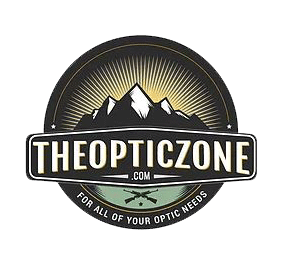

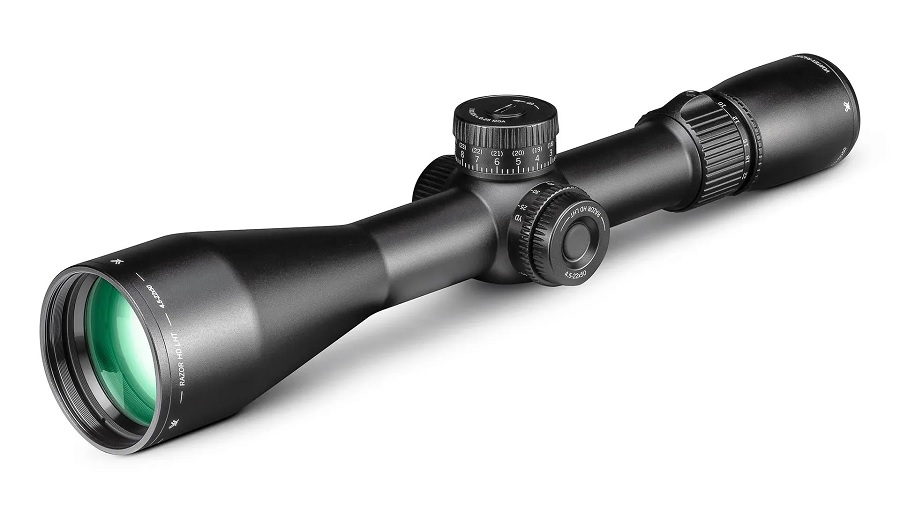

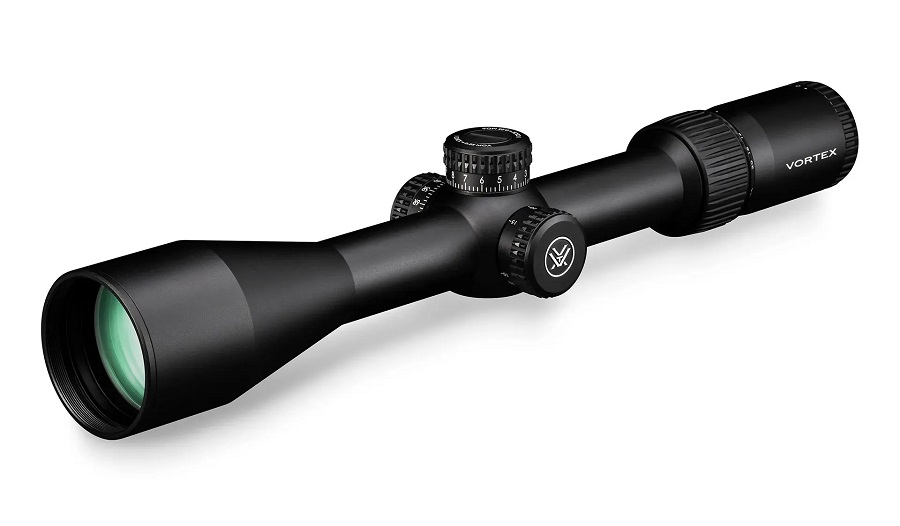
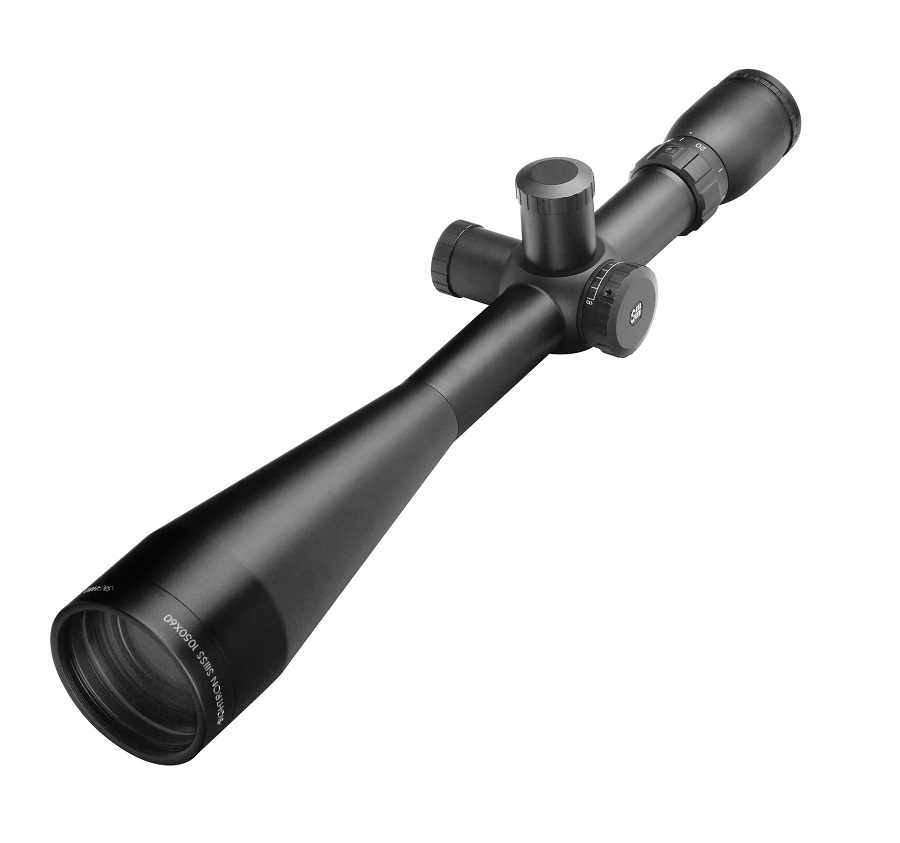


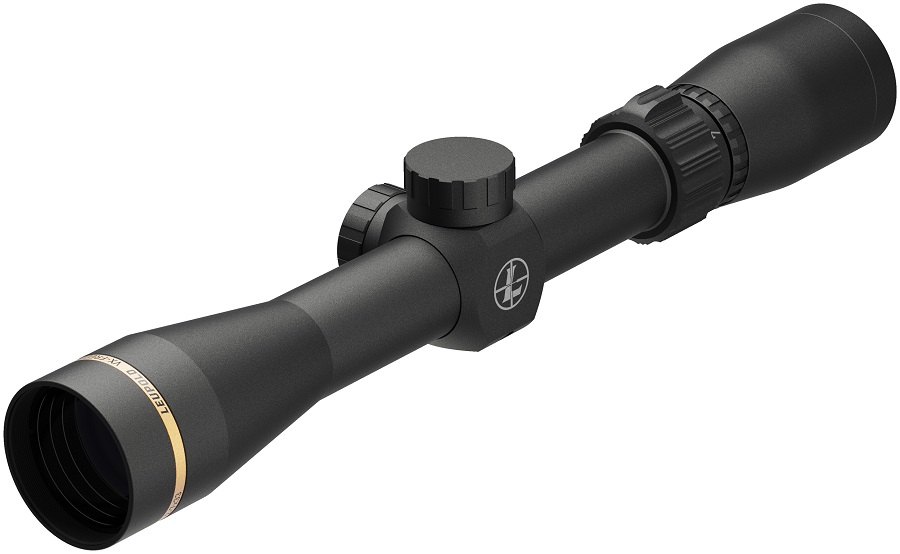

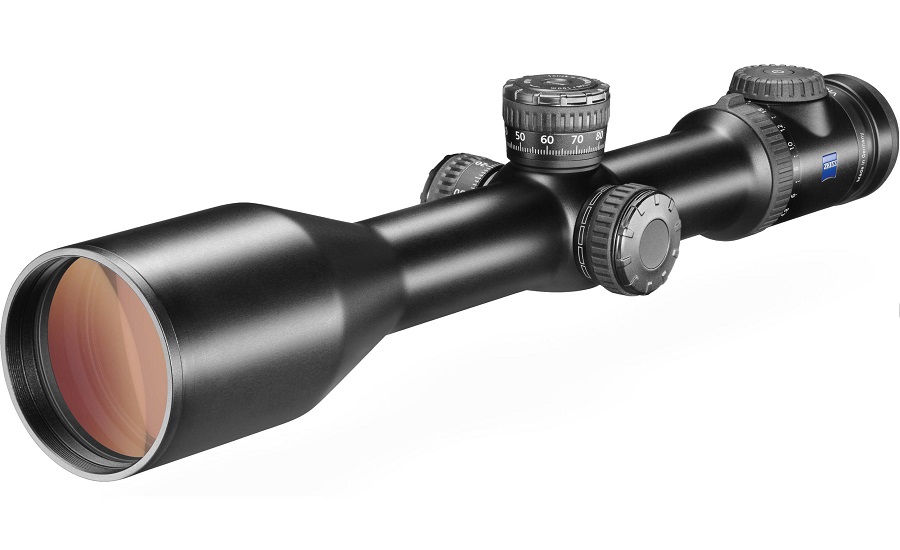
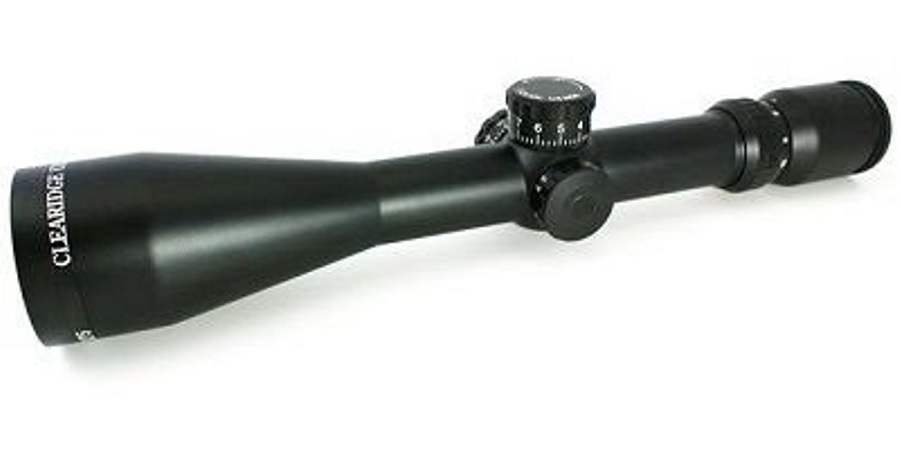


Leave a Reply
Want to join the discussion?Feel free to contribute!